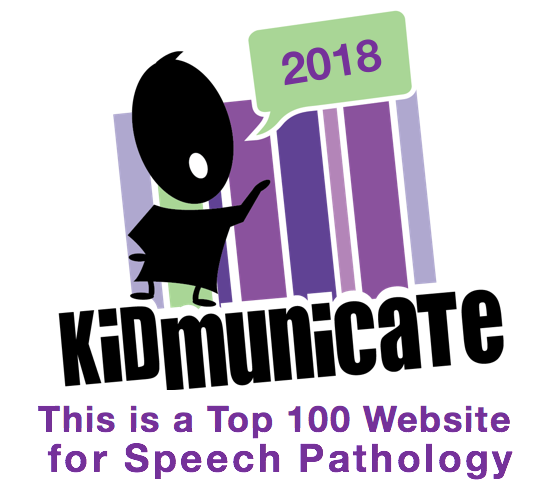In another recent App-titude column, I discussed ways that apps can serve as visual tools to facilitate conversation and play, and tie in with approaches such as Social Thinking® and The Incredible 5-Point Scale. I had the pleasure of hearing Kari Dunn Buron speak last year, and she described how the 5-Point Scale was designed to tap into the "systematizing" strengths of students with social learning challenges, leading them to better perspective taking and empathizing (see the work of Simon Baron-Cohen). 5-Point Scales are an extremely helpful and versatile tool. They can be used in systematic, focused ways much like the implementation of an individualized social story for a student with more intense needs. For our students with more moderate or nuance-based challenges, instruction can include a repertoire of scales to be referenced in naturalistic activities.
Here's where I love the Keynote app for iPad ($9.99, free for any Apple ID linked to a device purchased after September 2013). A 5-Point Scale can be created simply within a Keynote Slide by using a table and colored fonts. Once the concept is established using a scale related to a target for your group, expand your students' thinking by creating other scales illustrating the range of social behaviors in other situations. The key idea is that the 5 represents extremely unexpected behavior or situations. Depending on the scale, the target can be a 1 (as in calmness) or a 3, as in moderation on a spectrum from too much to too little (as in talk time). Developing the language with your students helps them feel ownership for the scale and also gives you a good window into their thinking. The power of the tool is that it can spark discussion and gentle cueing, "I know this problem feels like a 4 to you. Remember what other kinds of problems we labeled a 4?"
Try developing your own scales in Keynote. Once created, to save the loading time (and potential of accidentally moving stuff around with your finger) tap the "share square" and "open in another app" as PDF, whereupon you can choose iBooks. Your scales will then be saved in the "PDF" section of the app for use in future sessions. 5-Point Scales are also excellent tools to extend into the classroom, as all children can benefit from social-cognitive strategies, and of course are great to send home. You can send your materials to anyone as PDF files from the Keynote app.
A file with a number of scales I have developed with students (silliness, a prank scale based on a recent discussion about April Fool's day and social judgment, one on the social thinking of Hide and Seek which was useful for an egg hunt and playing the game Snipe, and a few others) are available to be downloaded from Dropbox by clicking the image below. This is a PowerPoint file downloadable without a Dropbox account, so from your iPad you can tap Download, then Open In... and choose Keynote (once you have installed it) or use in PowerPoint or Keynote on a computer.
 |
| Click on the scale to download a template |
Some resources to learn more about The Incredible 5-Point Scale are available at the website. Also check Pinterest for some innovative ideas about using 5-Point Scales. The Should I or Shouldn't I? games from Social Thinking are also good ways to start with Five Point Scales.







